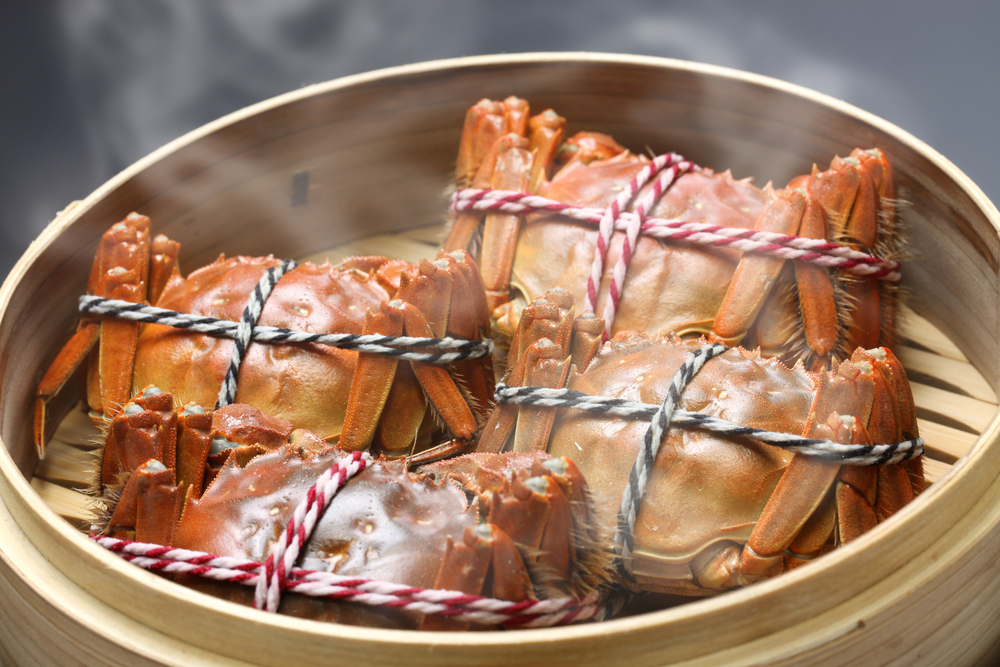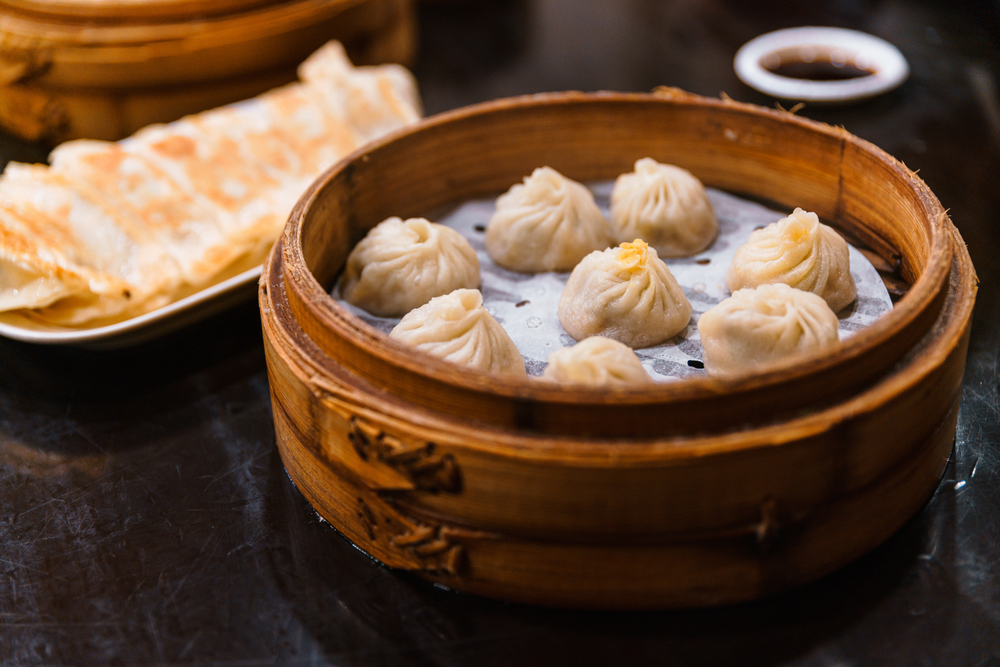Figuring out how to steam food without a steamer can be helpful for anyone looking to leverage its benefits without investing in a full steamer basket or electric system. Steaming vegetables and other foods can be a wonderful way to unlock their full flavour with nothing but a little boiling water.
Even though steaming appliances have many advantages, such as speeding up the steaming of vegetables and ensuring that you can cook several different types of food at once, they can be costly purchases. Therefore, you might want to test the results before investing excessively if you’re uncertain you’ll be regularly cooking vegetables and other things.
The good news for those who don’t want to buy their steamer basket is that you don’t need a special tool to get perfectly steamed vegetables. With a bit of creativity and the right makeshift tools from around your kitchen, you can start in no time.
Today, we will cover some of the simplest methods to steam vegetables without a steamer.
What Is a Steamer? Learning How to Steam Food
To discover the benefits of steaming without investing in a steamer, you’ll need at least a basic idea of what a steamer does. A steaming basket or electric steamer are various appliances available for the kitchen to help make steaming veggies and other foods easy. Steamers simplify the art of steaming food, so you can steam everything from broccoli and collard greens to salmon without burning your fingers or messing around with plastic wrap.
Traditional steaming baskets hold the food you want to cook via steaming above boiling water for you to achieve the best finish with chard, carrots, chicken, and various other foods. Alternatively, efficient electrical steamers also act as an all-in-one pot or pan, ideal for streaming everything from rice and potatoes to entire meals.
How to Steam Without a Steamer
Steaming without a steamer involves finding clever ways to expose your food to boiling water without submerging the items in the water. There are numerous ways to do this, including using your microwave or a pot on your stove. Here are some of your options.
Plate and Tin Foil
If you’re simmering water in a pot on your stove, you can steam vegetables like Swiss chard and carrots by simply filling a medium pot with about half an inch of water. Then, place around three balls (Golf-ball sized) of aluminium foil at the bottom of the pan and rest a heat-proof plate on top.
Bring the water to a boil, cover the pot, add your veggies to the plate, and cover the pot again. Steam until the broccoli, carrots, or whatever else you’re cooking has reached the perfect tenderness level for your preferences.
Microwave
A heat-proof plate inside the microwave is another way to reduce your cooking time when you want to steam broccoli, green beans, and other veggies without a steamer. You have to place the vegetables you want to cook inside a microwave-safe bowl with a tablespoon of water and cover the whole thing in plastic wrap or a microwave-safe plate.
Cook the food until it reaches your desired tenderness level. This usually takes around 5 minutes for potatoes, but it depends on the cooking time suggestions on your microwave. If you use this method to steam veggies without a steamer, you’ll need to keep checking on your food to ensure it’s cooking correctly.
Use a Makeshift Steaming Basket

Another option is to fill a large pot with around half an inch of water and bring it to a boil. You can then make a cooking utensil out of a pie tin (it should be empty before you use it). Poke holes in the pie tin and fold it until it can hang over the top of your pot like a traditional steamer.
You can use high heat to boil the water until the vegetables are cooked just like they are. Ensure your makeshift steamer doesn’t tip once you do this method. Also, don’t let the tin cover the heat-proof handle on your pot. You’ll need to grab this when you want to remove your veggies from the steam.
Try a Metal Sieve or Colander
When finding other methods to steam vegetables without a steamer, using a sieve or colander is often one of the best options. This is much safer than creating a DIY steamer, as you can generally find a strainer with heat-proof handles, so it’s easier to remove from your cooking pot.
You’ll know it looks like a metal strainer if you’ve seen a steamer basket before. The key to success with this method is making sure the strainer basket fits on your pan correctly without dipping into the water.
To use your strainer as a steamer, place your vegetables inside the sieve and place it over a large pot of boiling water at a high height. Unless you have the perfect fit between your pot and your strainer, you may find that your steaming times are a bit longer with this method. The steam will often billow out around your food, so you may need to wait a while longer.
How to Steam Vegetables Without a Steamer: Alternative Options
If you’ve tried the cooking methods above and still wonder how to steam vegetables without a steamer, there are some alternatives you can easily do.
Splatter Screen or Wire Cooling Rack
If you use a strainer for steamed vegetables and end up with too much water in your veggies, you can try a splatter screen instead. Splatter screens can provide more direction for your steamed veggies and meat.
Another option might be to place a wire cooling rack over the top of a Dutch oven so you have room for your steamed foods.
Bamboo Steaming
If you don’t have a steamer for your veggies but you do have some bamboo baskets, you can try the traditional method for steaming. You only need to place the bamboo basket over a large pot on your stovetop.
This approach is similar to using the ovenproof plate method we mentioned above. However, the basket helps retain the steam to help the vegetables cook faster.
Make Steamed Vegetables in the Oven
If you’ve got a roasting pan and an oven, you can add a small amount of water to the roasting pan and place it in your oven with the vegetables you want to steam.
Notably, you’ll need to check the food as it’s cooking several times with this method to ensure that it’s steaming rather than roasting or burning. Also, if you’ve just started cooking with steam, you might find it more difficult to use this method as it can be hard to get the balance of roasting and steaming right.
Use a Baking Rack
A baking rack can make a good alternative to a metal colander or a strainer for your steaming session. However, like placing a plate on some foil balls or using a colander for steaming, it might take a while to steam vegetables and other foods this way. The more steam can escape from your food, the longer it will take to cook.
Steaming Vegetables Without a Steamer Is Possible!
Learning how to steam food without a steamer isn’t as complex as most think. You’re already on the right track if you have some aluminium foil, a metal strainer inside a large pot, or a roasting tin, you can fill with water.
It can take a while to figure out how to steam vegetables without a steamer perfectly. Keep practising!

